By Joseph M. Horodyski
On the night of November 13, 1941, the British submarine Torbay, accompanied by the Talisman, broke the surface of the Mediterranean off the Cyrenaican coast of Libya and rolled violently in the running seas. Weather was bad, swells running higher than normal, and a stiff breeze painted the water with whitecaps. On Torbay’s bridge, the officer of the deck scanned the dark African coast a half-mile away and saw the blinking signal of an Aldiss lamp cutting through the gloom. He motioned for the landing party on his submarine to assemble on the pitching, slippery deck and begin boarding a number of rubber dinghies. Most of his passengers were now thoroughly seasick. As it went, Operation Flipper had an inauspicious beginning, but would go down in history as one of the most famous commando raids in history—the attempted assassination of Lt. Gen. Erwin Rommel, the famed leader of Germany’s Afrika Korps.
By the fall of 1941, the British had been driven completely out of Libya by the forces that Adolf Hitler had sent to rescue his inept Italian ally Benito Mussolini, whose armies had been routed by a British force barely one quarter its size. Having made a name for himself in the invasion of France in 1940, Rommel was handpicked by Hitler for what was intended as merely a sideshow to the fighting raging on the European continent. In a completely unexpected move, Rommel quickly struck within days of his arrival in Africa in February 1941 and pushed the British back 500 miles and nearly out of Libya completely, with only the garrison at Tobruk holding out against incredible odds. Rommel quickly made the desert his own, appearing without warning, striking at will, and running rings around the British forces.
While Rommel’s attention was fixed on Tobruk, the British funneled supplies and reinforcements to Egypt and painfully built up a new fighting force, the 8th Army. Under the inspired leadership of a new commander, General Sir Claude Auchinleck, confidence was restored to the battered British troops and an eagerness for revenge pervaded the army. Auchinleck planned a massive offensive for November, intending to clear the Axis powers out of Libya once and for all. As a way of ensuring the success of the upcoming Operation Crusader, a plan was hatched to eliminate the biggest obstacle to British designs in Africa—Rommel himself. (Read more about Rommel and other commanders who shaped the Second World War inside WWII History magazine.)
Early in October 1941, six officers and 53 men of the 11th Scottish Commando unit, Lt. Col. Geoffrey Keyes commanding, were placed under the operational command of the 8th Army. Their goal was to penetrate behind enemy lines, destroy Rommel’s headquarters, and perhaps kill the general himself. Preliminary intelligence had already been carried out by legendary desert figure Captain John E. Haselden. Attached as an envoy to the Libyan Arab Force, Haselden spoke both perfect Arabic and Italian, wandered freely throughout enemy territory, and gained the confidence of Arabs eager to free themselves from the hated Italian rule. Haselden had been put ashore on a beach near the coastal town of Hamma by the submarine Torbay on October 10 with an Arab guide, and spent nearly two weeks behind the lines spying out the lay of the land. He eventually made his way back to British headquarters in Alexandria, Egypt. During this time Keyes, the 24-year-old son of Admiral of the Fleet Sir Roger Keyes, had been practicing landing techniques with his men on a beach near Alexandria, in preparation for the raid.
To many British officers, the raid appeared foolhardy. Chances of being evacuated after the proposed action seemed slim, and the attack on Rommel’s headquarters was viewed as a measure of British desperation. It seemed suicidal for every man taking part, and when Colonel Robert E. Laycock, leader of the 11th Scottish Commando from whose ranks Keyes’ men were drawn, voiced similar opinions, he was asked not to repeat them, lest his pessimism result in the cancellation of the operation. Reluctantly, Laycock agreed.
In Rough Seas, Talisman Struck Ground, and 7 of the Boats and 11 Men were Swept Overboard.
Haselden returned to the appointed landing beach, dropping by parachute to await the arrival of the commandos, while the raiding party boarded the submarines Torbay and Talisman on November 10. Two days after departure, Keyes and Laycock explained the mission to their men, admitting for the first time that the aim of the raid was to get Rommel. Accompanying Keyes in Torbay were two officers and 25 men, including a Palestinian soldier to act as interpreter, and two Senussi guides. The remainder of the strike force, including Laycock, four officers and 28 men, followed on Talisman. The submarines carried two foldboats, with an officer and sailor from each craft to act as a beach landing party, and 14 rubber dinghies to transport Keyes’ men ashore.

On November 13, Haselden arrived at the house of a friendly pro-British Arab, borrowed a horse, and with a local guide left for the small village of Hamma on the Mediterranean shore to rendezvous with the commandos. That same day, Torbay and Talisman arrived off the coast. The voyage had been uneventful, but now the carefully laid plans began to unravel. The two submarines surfaced in the midst of a fast-moving storm, with weather conditions deteriorating by the hour. A light rain was falling, the sea was running high, and landing conditions bore little resemblance to the peaceful conditions on the practice beaches near Alexandria. As night fell, Torbay closed with the beach, and in light of the appalling weather conditions, it was no small surprise to see Haselden’s signal winking promptly at the appointed time.
To beat the worsening weather, one of the foldboats was dispatched to make a preliminary reconnaissance of the landing beach, and the rubber dinghies were passed up through the forward hatch, the men’s supplies and stores protected in waterproof containers. As the submarines rolled in the heavy swells, several rafts were swept overboard by the waves, and those already afloat were capsized. It took over six hours to get seven of the rubber boats safely ashore, the crews now wet, exhausted, and suffering from the bitter cold.
While Torbay was thus engaged, Talisman stood out to sea keeping watch, and Laycock was on the verge of postponing the remainder of the landings until the following night when the signal arrived that Torbay’s party was safely ashore. With only three and half hours of darkness remaining, he decided to risk another landing. In rough seas, Talisman struck ground, and seven of the boats and 11 men were swept overboard. By the time they had been rescued, the moon had risen and Talisman’s commanding officer decided to withdraw. Only four of the boats launched from Talisman actually managed to reach the shore to join up with Keyes’s force, Laycock’s among them.
When the morning sun rose over the arid desert landscape, the commandos, soaking wet and frozen, were able to dry their clothes and clean their weapons. But they now constituted less than half the force Keyes had counted on, and under the circumstances the plans had to be drastically changed. The original mission had called for four objectives: raid the villa used by Rommel as a rear area headquarters, sabotage the Italian headquarters at Cyrene by cutting the telephone and telegraph lines, assault the Italian Intelligence Center located at Apollonia, and wreck all communications running through the area between Benghazi and Tobruk. Keyes decided to abandon the attacks on Cyrene and Apollonia and concentrate on attacking the German headquarters and Rommel’s villa, with a smaller party assigned to blow up the steel telegraph pylon at the crossroads near Cyrene. The two Senussi guides had been lost during the disastrous landing, so an Arab guide was borrowed from Haselden’s party.
The commandos started off in appallingly bad weather. Normally the North African coast at that time of year was freezing during the night but dry; now it was both wet and cold, and more torrential downpours moved through the area. Keyes tried to buoy the spirits of his men by pointing out that at least the bad weather was working in their favor, keeping German guards and sentries indoors. A half-mile inland from the coast, they reached the top of the first escarpment at 9 pm on November 15, crossing the steep and rocky terrain with difficulty. Another disaster was dealt the expedition when, without warning, their Arab guide suddenly deserted them out of fear of what the Germans were known to do to Arab traitors, thus leaving Keyes with nothing but a compass and an unreliable map.
Just before dawn on November 16, the commandos dispersed among the scrub and rocks to spend the day fitfully trying to sleep. That afternoon Keyes was approached by a group of Arabs, one of whom agreed to guide him and his men to Rommel’s headquarters for the sum of 1,000 lire. At dusk they all set off, making their way toward Beda Littoria, known to the locals as Sidi Rafaa, 18 miles inland from where they had landed. After two-and-a- half-hours of traveling, they reached a cave about five miles from their objective, and Keyes decided to camp for the night.
At sunrise on November 17, Keyes set off with a small party to reconnoiter the final assault, but a driving rain forced them back to the cave. Keyes sent a young Arab boy to spy out the land. The boy returned with detailed information from which Keyes was able to draw a map showing the locations of the headquarters building, villa and vehicle park. The young spy also provided Keyes with the location of the guard tent and predicted that the rain would keep the guards inside. Keyes conducted his final briefing that afternoon, assigning different men to force entry into the house, knock out the electric generators and power station, guard the road leading from the headquarters, or sabotage whatever vehicles they happened to find in the park. The password for the operation was “Island,” and the countersign was “Arran,” from the commandos’ home base in Scotland.

At 6 pm the party blackened their faces, changed from combat boots into rubber-soled gym shoes and moved out into the night. Taking into account the weather, the pitch-black night, and the rocky terrain they would be crossing, Keyes estimated it would take about six hours to reach their objective. A quarter of a mile outside Beda Littoria, they made one final halt to rest and check their weapons, then followed a dirt track to the rear of the village. Operation Flipper was set to reach its climax.
The Result of Operation Flipper and Key’s Surprise Commando Assault
Upon reaching the square, the assault immediately began going awry. As Keyes and Sergeant Jack Terry moved ahead in the darkness to reconnoiter the main building, one of the commandos left behind tripped over an empty tin can. Several dogs began barking and one of the more nervous local inhabitants began shouting. An Italian officer accompanied by an Arab emerged from a nearby hut to investigate the disturbance. The Italian quickly challenged the party, but the Palestinian interpreter saved them from disaster by translating the questions into German and Captain Robert Campbell, whom Keyes had left in charge during his absence, replied with sufficient bluff and arrogance to convince the two inquisitive officers that this was only a German patrol returning late to their quarters.
Keyes cut the wire fence surrounding the garden of the villa. As the Arab boy had predicted, the rain had indeed driven the guard into the house, but a single sentry remained at the entrance to the drive. Keyes approached from behind and silently killed him with a knife. Terry signaled for the rear party to come up for the final assault, bringing with them enough explosives to destroy both the German headquarters and the electric power plant nearby.
Keyes led his force around to the back of the house, but found the door locked and the windows high up and shuttered. He quickly led the commandos back to the front of the house. While the men waited in the shadows, Campbell boldly walked up to the front door and knocked, demanding in German to be allowed in. A German sentry in a steel helmet and greatcoat cautiously opened the door and was instantly prodded in the ribs by Keyes’s revolver. When the guard seized the muzzle and began shouting, Campbell had no choice but to shoot him. All hope of surprise was lost.
Keyes and his men found themselves standing in a large hall with a staircase on the right. Several doors opened off the hall, which was lit by a dim electric light bulb, and a gleam of light shone from one door off to the left. A man came running down the staircase shouting, and Terry cut him down with a burst from his machine gun. From the garden outside another man entered carrying a torch; he too was cut down by a pistol. Keyes threw open the doors to the rooms off the hall until they came across one with 10 steel-helmeted German soldiers inside; he sprayed the room with his tommy gun and slammed the door shut while Campbell removed the pin from a grenade. Keyes kicked the door open again, Campbell tossed in the grenade, but before Keyes could slam the door shut, a burst of fire struck Keyes fatally in the heart. The grenade went off, the lights flickered a few times and went out, and the hall was plunged into complete silence.
Campbell dragged Keyes’s body outdoors into the front garden and crept back into the house. He heard someone moaning from the room where the grenade had gone off, but no further guards were seen. He went out around to the back of the house, where a covering party had been left behind with orders to shoot anyone who approached or exited from the back doorway. In the heat of battle Campbell had forgotten his own order, and he ran headlong into a burst of fire from one of his own men. His leg was shattered by the gunfire and later had to be amputated.

Campbell directed Terry to place the explosive charges to blow up the building, then lead the withdrawal. The constant rain had so badly soaked the fuses that they were unusable; all they could do was drop a grenade or two down the exhaust pipe of the main generator. Charges were also distributed among the car park. Afterwards, the survivors quickly moved off, having been forced to leave Campbell behind for the enemy to pick up since it was impossible to carry him all the way back to the beach.
The Aftermath of the Rommel Raid: Even Rommel Himself Appreciated the Daring and Ambitious (but Foolhardy) Raid
Terry kept the the men moving all day, and late that afternoon they arrived back at the beach to find Laycock waiting for their return. There were no signs of the second group that had been sent to blow up the pylon near Cyrene (it was later discovered that they had been successful but had all been captured during the attack). At dusk, Laycock saw Torbay surface about a quarter-mile from shore. It appeared that the withdrawal would be successful, but, to the frustration of everyone on the beach, Laycock’s signals remained unacknowledged and Torbay remained offshore. Later that night they observed signals flashing from Torbay, but their replies were either unseen or misunderstood, and no boats approached from the submarine to remove the tired men. The long night wore on and it became apparent that no evacuation would be taking place until the following night, so the 22 survivors moved into a nearby wadi to lie up for the day.
At noon on November 19, the men were discovered and attacked by a mixed force of Arabs and Italians. After a spirited resistance, Laycock ordered the men to split up into several groups, giving them the choice of heading for the Long Range Desert Group further inland in the vicinity of Slonta, returning to the beach in the hope of eventually being picked up by submarine, or hiding in the numerous wadis near Cyrene until the expected advance of the 8th Army could rescue them. All members of the groups were eventually captured, with the exception of Laycock and Terry, who met up with the 8th Army at Cyrene, a full 41 days after they set out from the beach.
The overall failure of Operation Flipper was put down primarily to a lack of pre-raid intelligence. Rommel actually made little use of the headquarters at Beda Littoria, having stayed there on only two separate occasions, and he never stayed for the night. At the time of the raid, he was at his forward headquarters at Gazala, 33 miles from Tobruk, planning yet another attack on that besieged outpost. He had just returned to Africa that afternoon after attending a birthday celebration in his honor two days earlier in Rome. When he did visit Beda Littoria with his staff, a house was reserved for his use which became known locally as the Rommel-Haus, and Arab intelligence sources assumed that Rommel lived there on a regular basis. On the night of the attack, the villa was occupied by a lowly supply officer.
The raid did manage to sow nervousness and confusion behind German lines, and additional troops were moved to Beda Littoria as rumors spread through rear headquarters of further raids. The Keyes raid also raised British morale back home at a time when it was sorely needed, showing the British people that their army was capable of taking some kind of offensive action at a time when fortunes in Africa were at a low ebb.
Rommel himself appreciated the daring of Operation Flipper, sending his personal chaplain, Rudolf Dalmrath, to conduct the funeral for Keyes and four German soldiers killed in the fighting. He also ordered that the captured British commandos be treated as prisoners of war, even though the men were not in uniform and their status as legal combatants was highly questionable. Dalmrath drove over rain-soaked roads and through flooded wadis for 36 hours to make the service, arriving just 10 minutes before the funeral was set to begin. The chaplain preached a sermon calling for peace and understanding between nations and consecrated the five graves, Keyes’s being located farthest on the right. Wreaths were laid by an officer of the German general staff, the honor guard presented arms and fired three salvos, and crosses of cypress wood were erected over the graves. For his part in the disastrous but ambitious raid, Keyes was awarded a posthumous Victoria Cross.

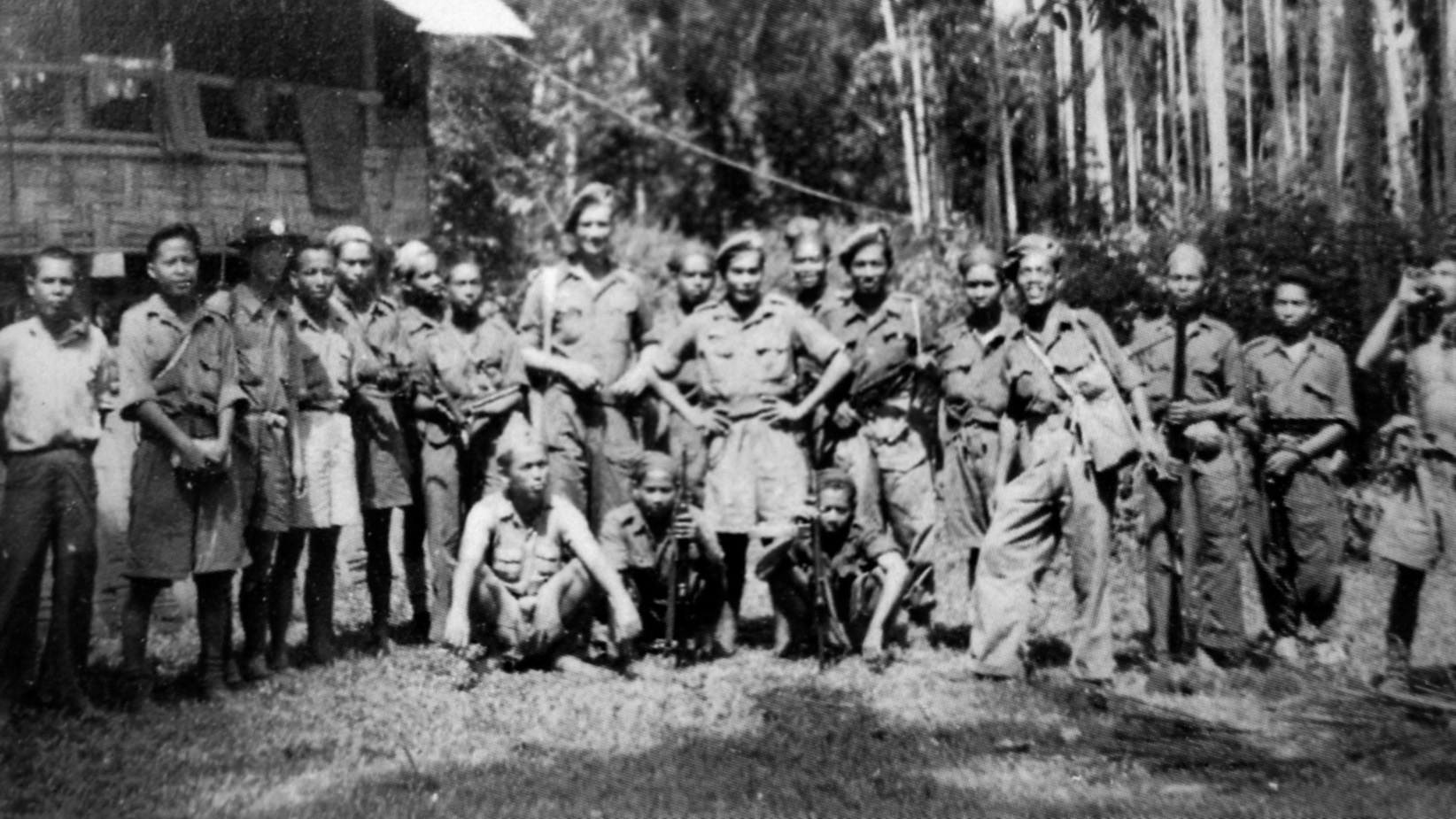
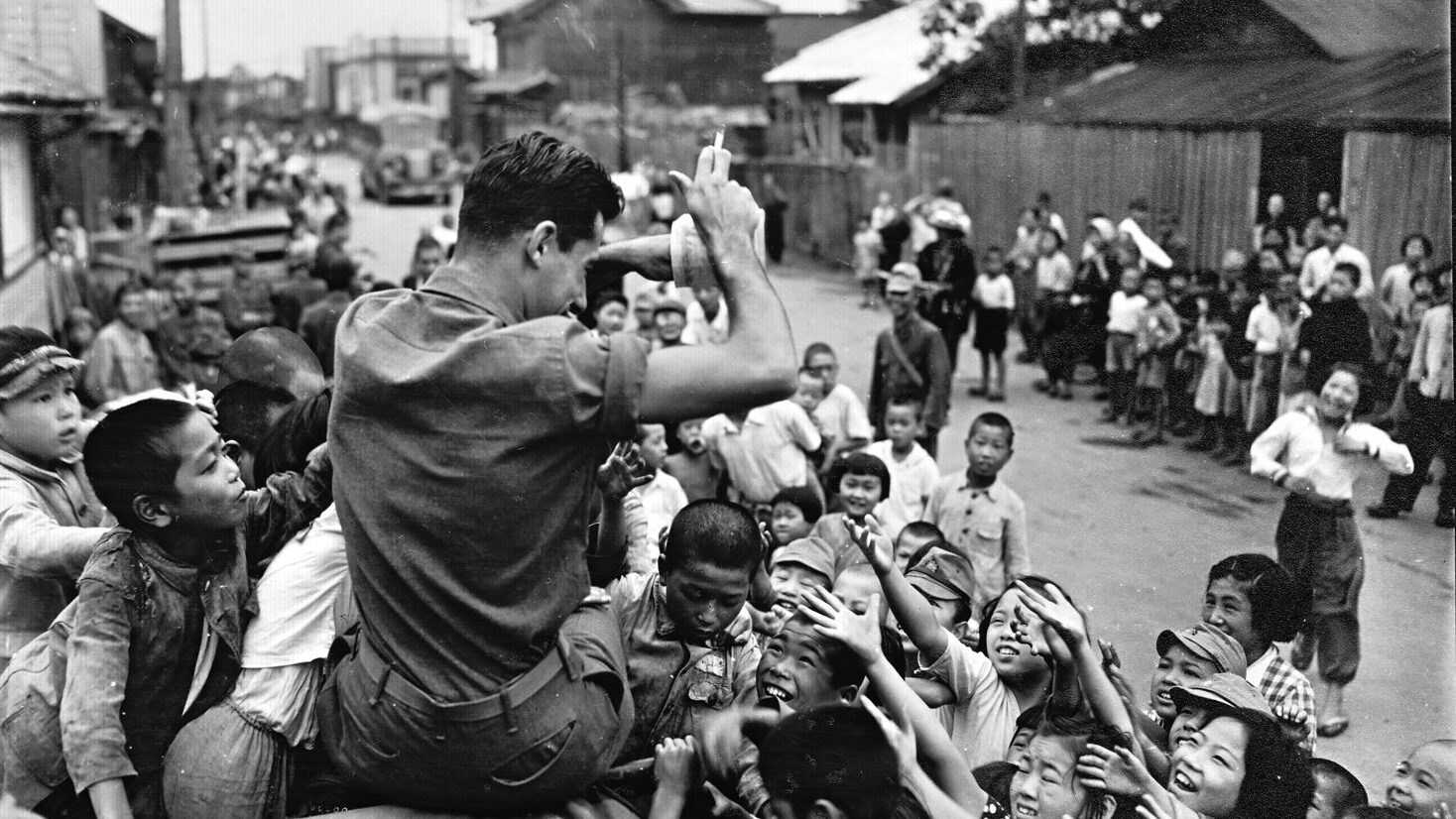
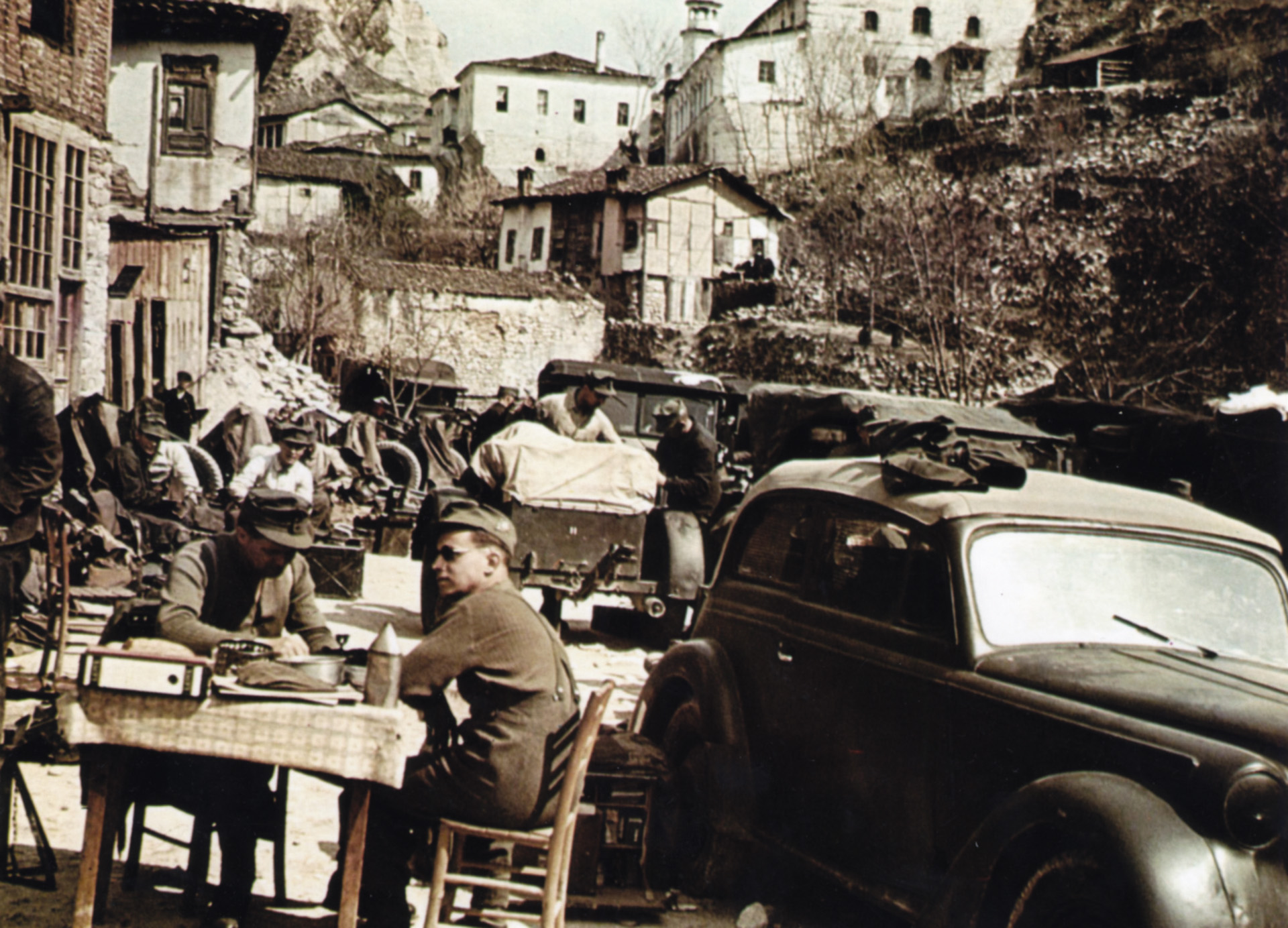
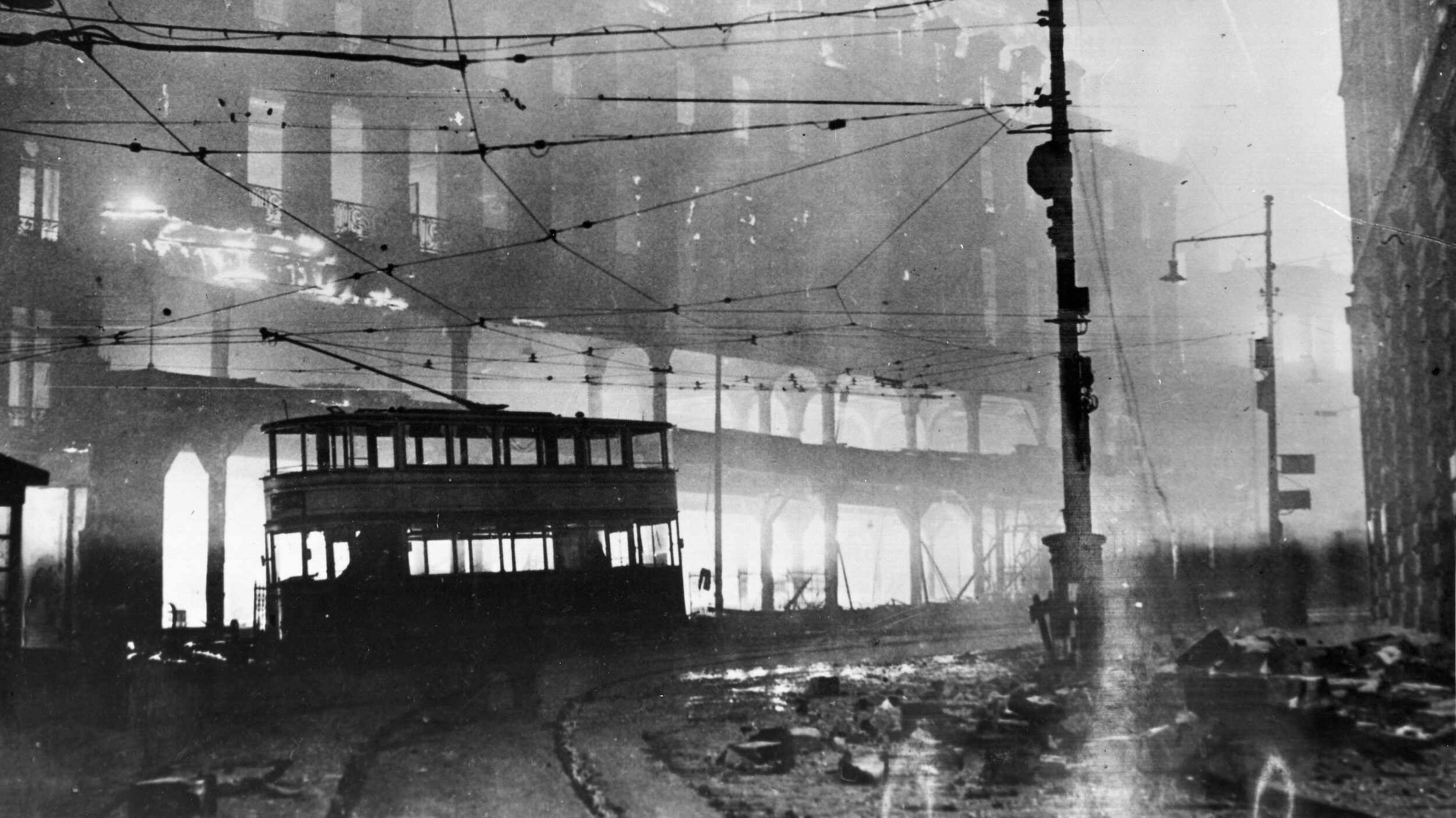
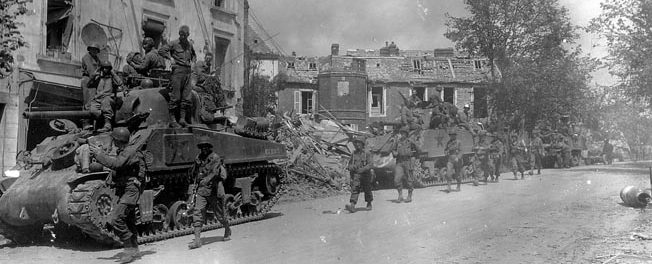

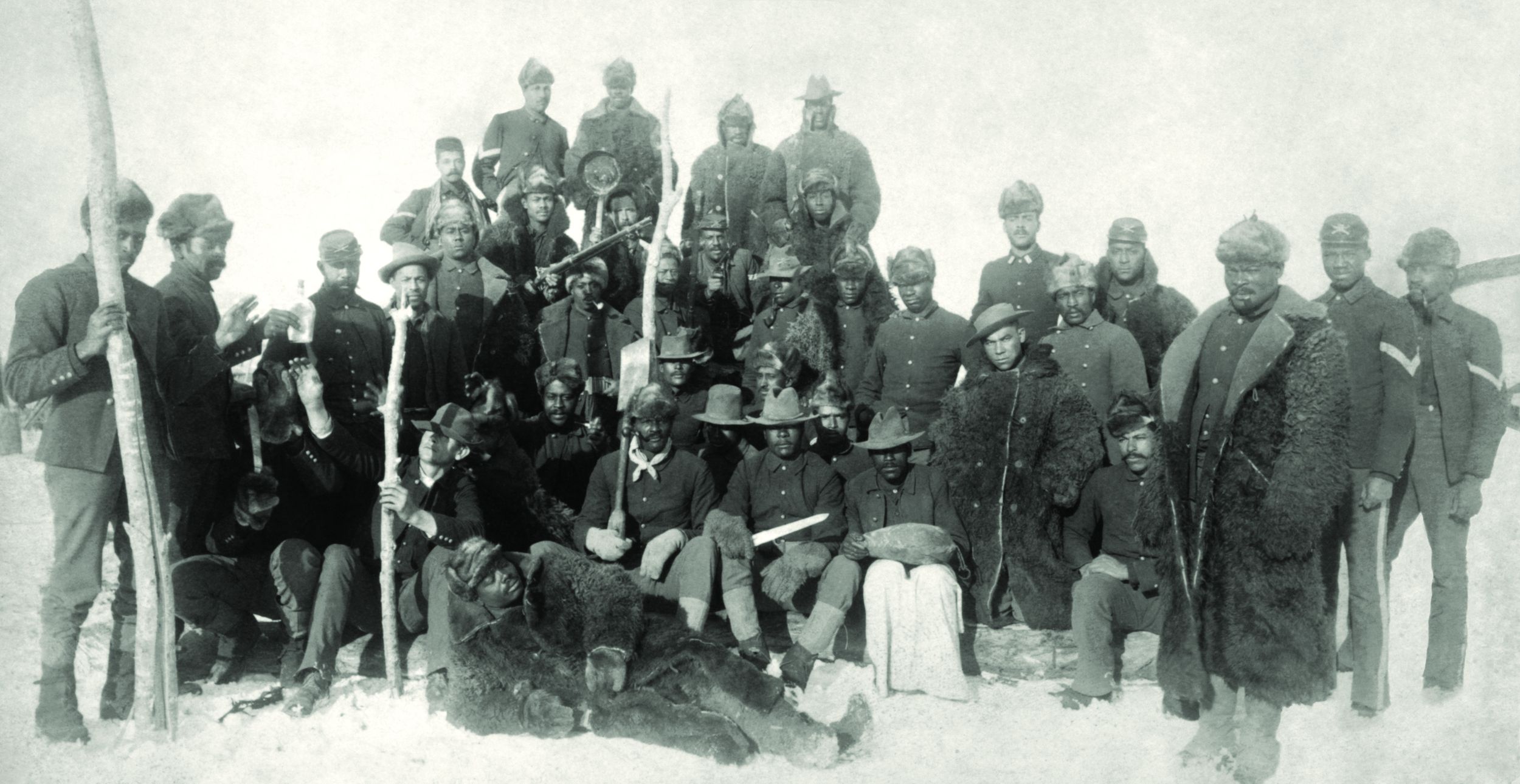
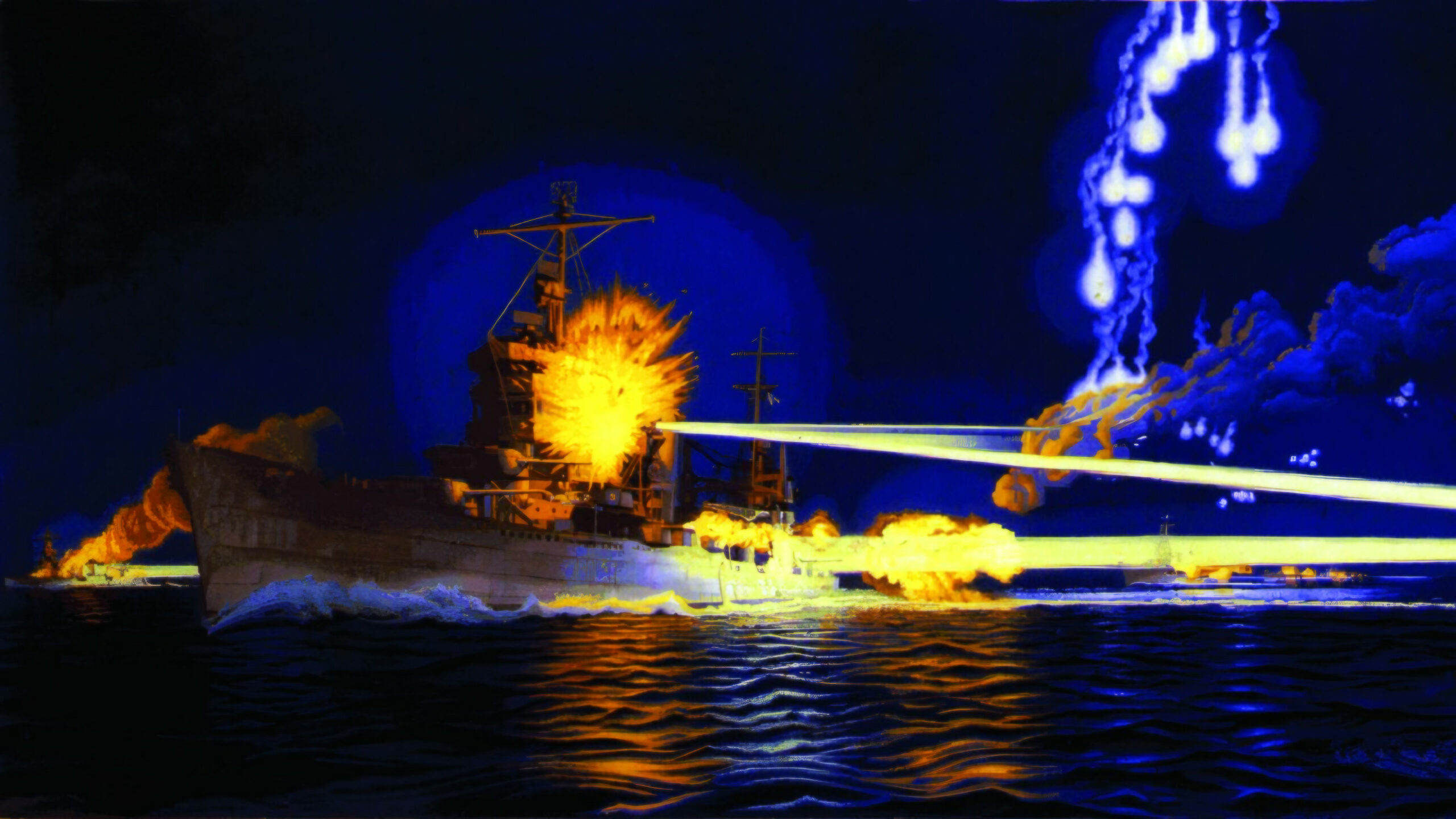
Join The Conversation
Comments
View All Comments